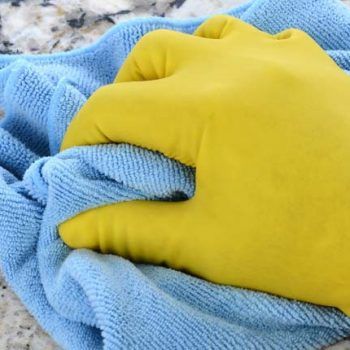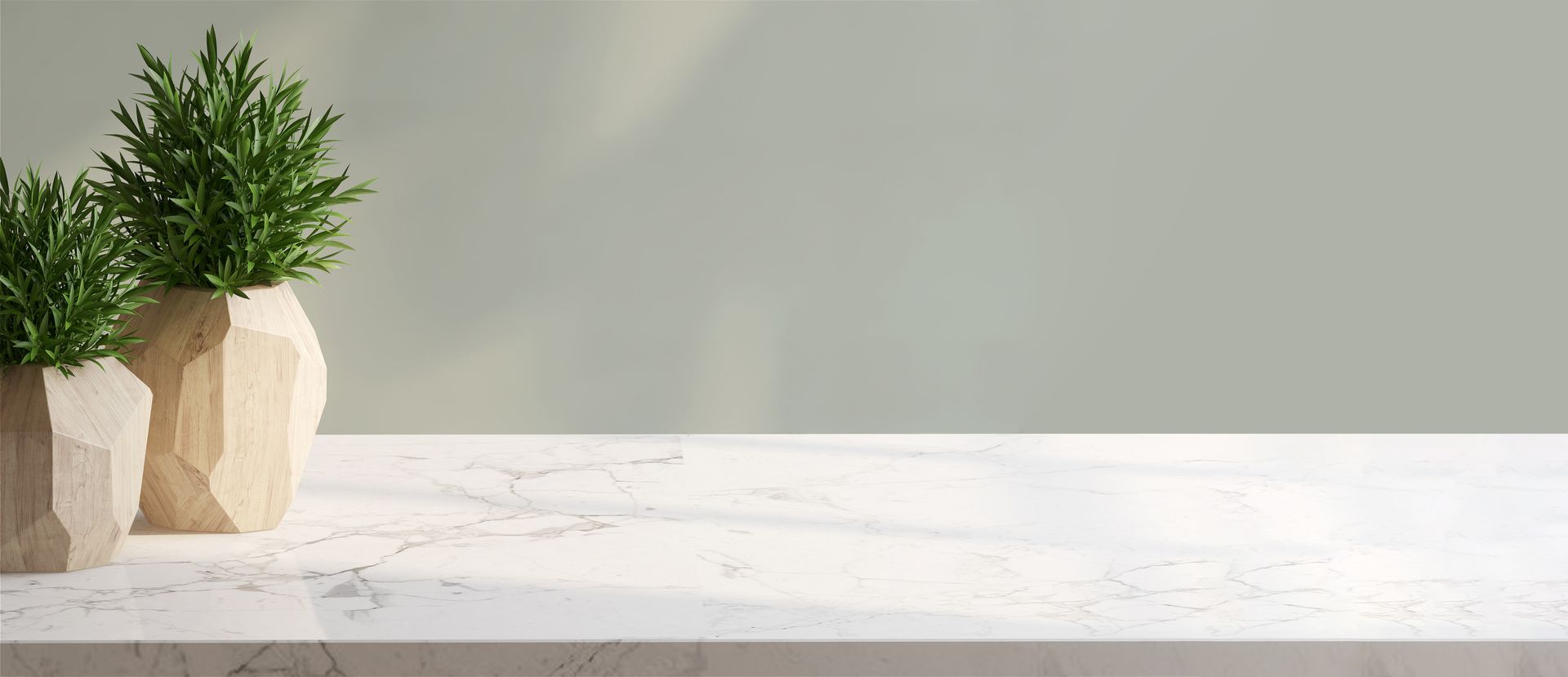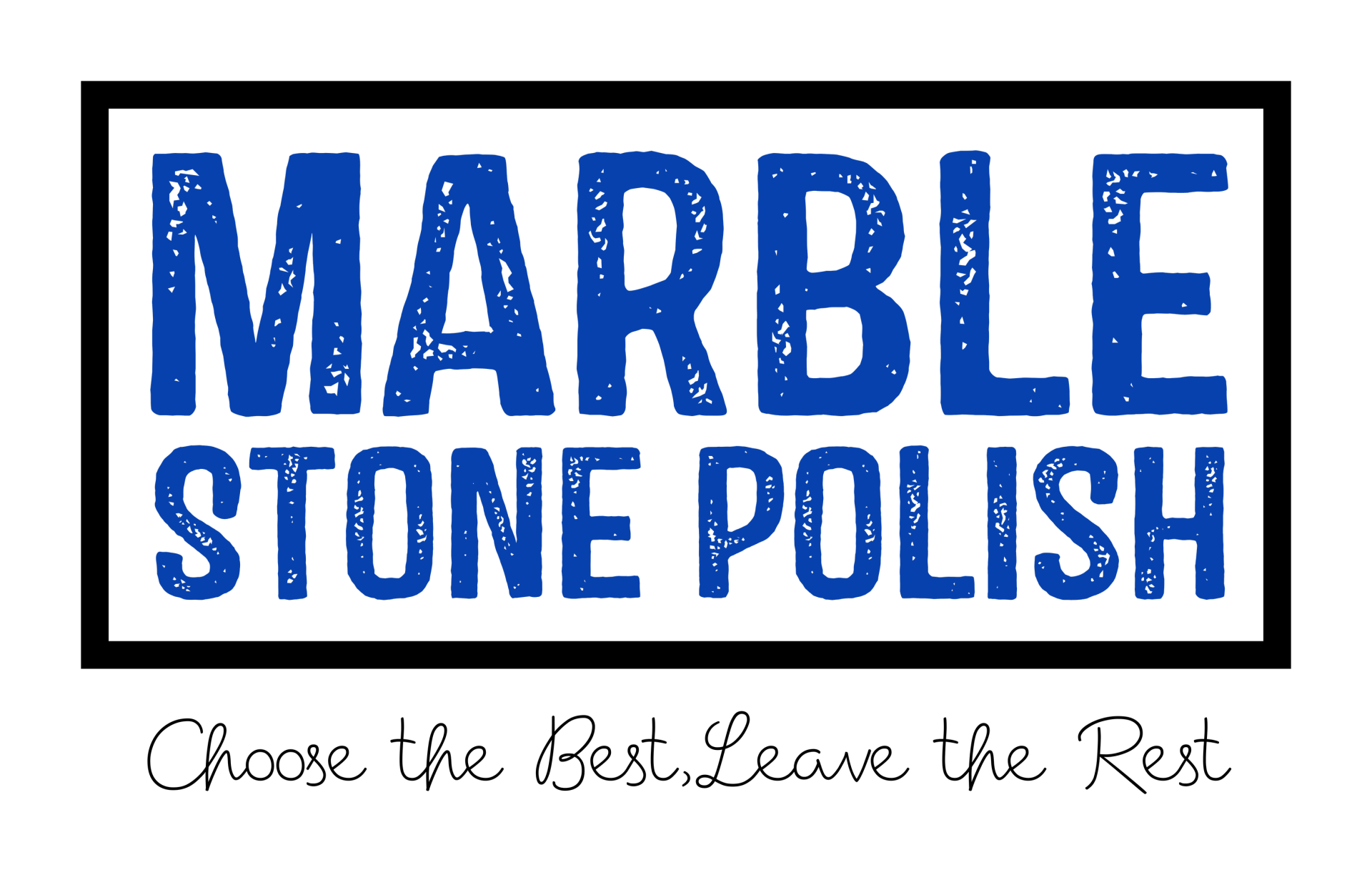Hours
- Mon - Fri
- -
- Saturday
- -
- Sunday
- Closed
Service area
San Diego & Orange Counties
Contact Us
Why natural stone can be easier to clean than you think

There are many misconceptions about cleaning natural stone in the home. Some people think that because natural stone is a porous material, it’s impossible to clean it without damaging it. Others believe that any kind of cleaning product is okay to use on natural stone – even if it’s a harsh chemical.
In reality, most natural stones can be cleaned using a simple mixture of warm water and dish soap. If there is a stubborn stain or build-up, a natural stone cleaner can be used to remove it without damaging the surface of the stone.
It’s important to avoid using harsh chemicals on natural stone, as they can etch the surface and cause permanent damage. Acids, such as lemon juice or vinegar, should also be avoided, as they can cause the natural stone to discolor.
Some of the biggest misconceptions when it comes to natural stone are the type of stone and its care. While softer and more delicate materials like marble can be easily damaged, it's easy to avoid scratches or etchings with proper care for your stone. You should also keep in mind the undeserved reputation of granite. Homeowners believe it is difficult to maintain items but in actuality is requires little maintenance. It's important to keep granite clean in order to keep it in the best shape possible, but this is as simple as wiping up spills right away and making sure to wipe the counters down daily.
Staining is often a concern for homeowners when keeping their natural stone clean. However, the best way to keep your countertops looking good is to seal them. Natural stone can be easily damaged by liquids like wine and coffee. But don't worry because it is quite easy to take some preventative measures in order avoid any stains from forming on these beautiful surfaces if they're cared for properly before hand (and always remember that staining happens more often due type of surface).

Another misconception is that natural stone will eventually go out-of-style and make your home look outdated but couldn't be farther from the truth. Natural stones have been a popular material for decades, with people wanting their homes to stand apart from others in style or design without sacrificing comfortability. It can increase property values and adds luxurious touch to your home when installed correctly by professionals who know how best handle these difficult jobs!
With a little bit of care, natural stone can be kept looking beautiful for years. To get the most out of your natural stone surfaces, be sure to familiarize yourself with the best ways to clean them.
Keeping your natural stone counters clean and in good shape is important, but it's even more crucial to seal them once a year. Our specialists can give you information about sealing or recommend when the best time would be for this service! If there are any doubts at all - don't hesitate to call on us.


Have a question about restoring or cleaning your natural stone flooring or countertop?
Cracked granite, stained grout, scratched marble, and more. We have you covered!
All Rights Reserved | Building Cleaning & Marble Polish | Web Design by GoBeRewarded
